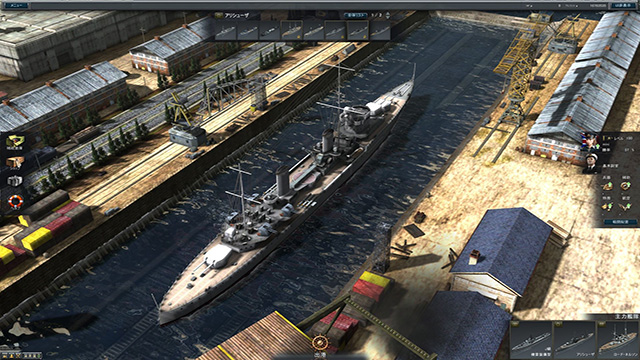

Super Plumber Adventure 2 will hopefully take a lot less time now that you’ve already got so much done.

GAMES ON THE GAMEBRYO ENGINE SOFTWARE
Rather than write new code and create new animations for all of these things, you might take what you built for the first game and reuse it, bundling all those features together as a physics system.Ĭombine those physics with some other systems-like a level editor and a memory management tool-and you’ve got an engine, a collection of software that you can use from game to game in order to avoid redundant work. You still want your plumber to run from left to right, you still want mushrooms to make him bigger, and you still want coins to disappear when he collects them. It sold a couple of copies, and now you want to make a sequel, which you know will share many of the same traits.

Say you’ve just made Super Plumber Adventure. To understand why this trend is so silly, let’s run a quick refresher on what a video game engine actually is.

Wrote the Forbes article : “It feels like every month we achieve some new level of detail and beauty with a new release, and yet something like Fallout 76 comes along and it’s just noticeably worse than everything else with an engine that feels like it’s about to crumble into dust, despite bolting on new parts and upgrades to try to keep it going.” When a game looks or runs badly, people blame the engine, whether it’s through insulting comments about Unity or hackneyed adjectives like “creaky.” The term “engine” is thrown around often among video game fans and pundits, mostly in a derogatory way. What we see on the outside, like a game’s graphical style, its animation system, and its physics, can be changed in all sorts of ways without switching to a new engine. To say that Starfield and Fallout 76 are using the “same engine” because they might share an editor and other common traits is like saying Indian and Chinese meals are identical because they both feature chicken and rice. An engine isn’t a single program or piece of technology – it’s a collection of software and tools that are changing constantly. It’s hard to say.īlaming Bethesda’s “game engine” is misguided, however, because the word “engine” itself is a misnomer. Perhaps another reason is Bethesda’s internal processes, or programming guidelines, or development timeline, or even some busted line of code buried somewhere in a file that nobody has touched since 2004. One of those reasons might be their ambition-few other games offer as much world interaction as Skyrim or Fallout 4. It’s true that Bethesda’s games have long been criticised for their game-breaking bugs and inability to reach the beautiful graphical standards of other high-end games, but there might be many reasons for that. “ Fallout 76 in particular highlights more than ever just how utterly inefficient this game engine is with its inoptimal performance and general lacklustre graphical fidelity compared to other titles of its time,” he said. YongYea, a YouTube provocateur, also talked about this issue to his hundreds of thousands of subscribers. One article, on the website Push Square, has thousands of shares on Reddit and Facebook with its declaration that “ Bethesda Will Keep the Same Fundamental Game Engine for The Elder Scrolls VI, Starfield.” There are some elementary ways we create our games and that will continue because that lets us be efficient and we think it works best.Īlthough the quote itself isn’t particularly controversial, its sudden re-discovery has led to blazing takes everywhere. It allows us to create worlds really fast and the modders know it really well. And for The Elder Scrolls VI, out there on the horizon even more. The game uses a new renderer, a new lighting system and a new system for the landscape generation. Here’s what he said:įor Fallout 76 we have changed a lot. That article quoted a June 2018 interview in the German outlet GameStar with Bethesda creative director Todd Howard. It started with a November 2 Forbes article that blamed Bethesda’s game engine for Fallout 76‘s technical issues and graphical shortcomings.


 0 kommentar(er)
0 kommentar(er)
